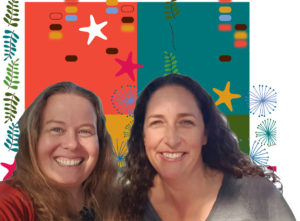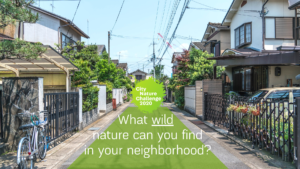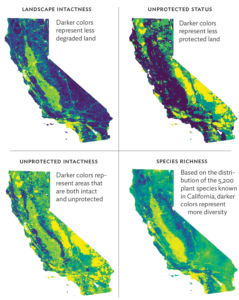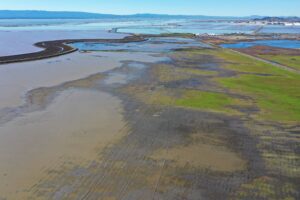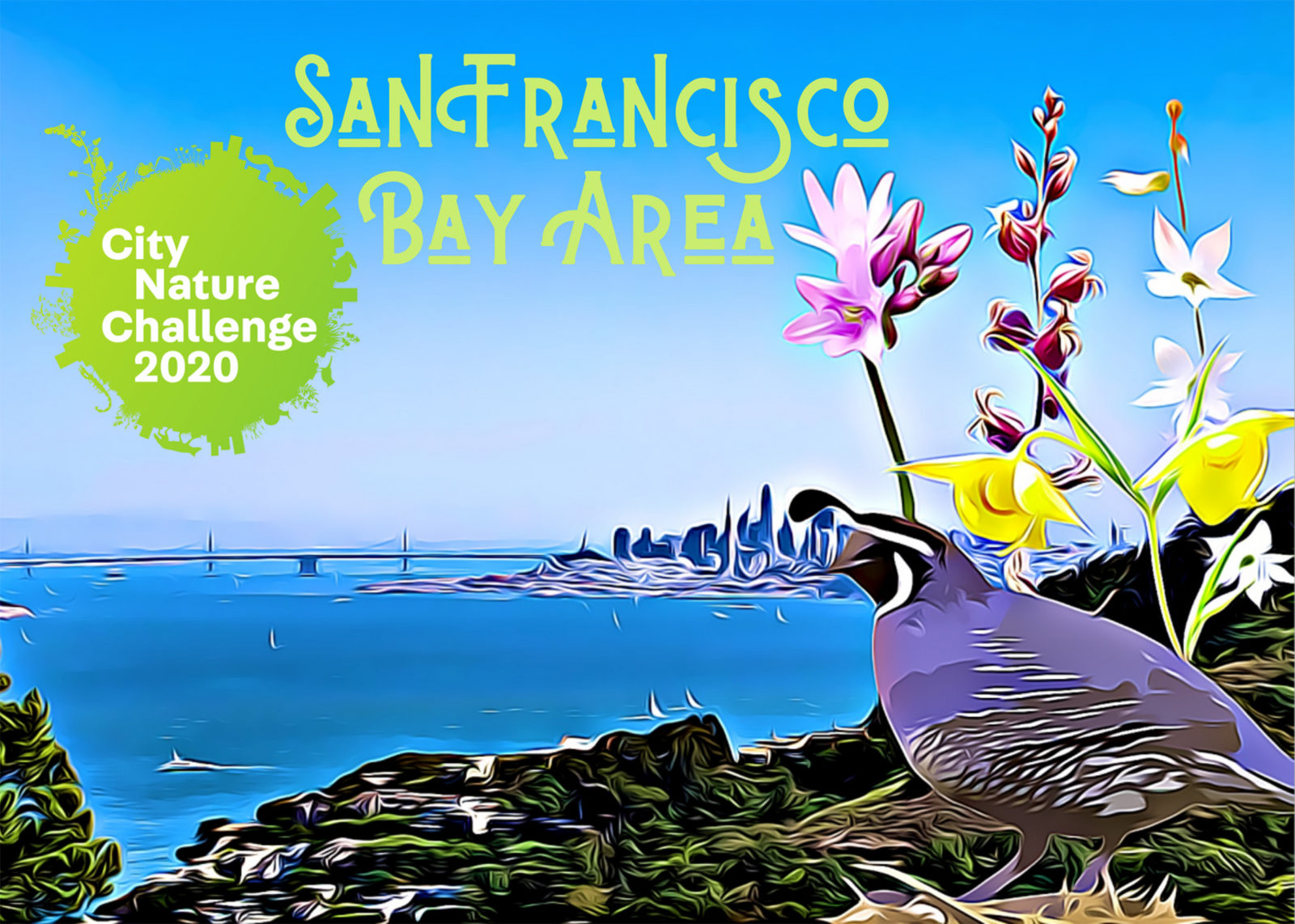
Just over five years ago we were sitting in our office in the basement of the California Academy of Sciences when we learned that April 16, 2016 would be the first-ever Citizen Science Day. In celebration, the relatively new Citizen Science Association put out a call for its members, mostly folks who run and manage citizen science and volunteer monitoring projects, to do something to build community and get people ”doing citizen science.”
We called our friend and colleague Lila Higgins, who runs the Community Science Department at the Los Angeles County Natural History Museum. Like us, Lila designs and runs programs to train and mobilize people to make and share biodiversity observations for science and conservation, using iNaturalist as the platform. We emerged from that call with a fun and simple idea: let’s see whose city could win a nature documentation contest and get the most people involved in the process. We played up our existing Bay Area-L.A. rivalry: Giants vs. Dodgers (#BeatLA). Who has the best burritos? The highest cost of living? The best beaches? And so on. We taunted each other on social media. We each set to work organizing our local partners to hold events and help get the word out — and the City Nature Challenge was born.
Remember, they are an exotic species in the Western United States, and are rapidly increasing their geographic range and range of habitats. Are they outcompeting or excluding native species in the process? How would we know? We have done almost nothing to monitor changes in the assemblage of mushroom species in areas before and and after the incursion of death caps.
Further Reading
Pringle et al, “The ectomycorrhizal fungus Amanita phalloides was introduced and is expanding its range on the west coast of North America,” Molecular Biology 2009
Lockhart et al, “Simultaneous emergence of multidrug-resistant Candida auris on 3 continents confirmed by whole-genome sequencing and epidemiological analyses,” Clinical Infectious Diseases 2017
Battalani et al, “Aflatoxin B1 contamination in maize in Europe increases due to climate change,” Scientific Reports 2016
How to Participate in the Revised City Nature Challenge
Participating in the City Nature Challenge is as simple as taking a picture of a wild plant or animal and uploading it to iNaturalist. No matter where in the world you are, if your region is part of the City Nature Challenge then any observation you make between April 24-27 will be added. But to learn more or get unique regional guides, try the following resources:
- About Citizen Science at the California Academy of Sciences
- Join the Bay Area City Nature Challenge 2020 project in iNaturalist
- Learn more about our state at the California Biodiversity web page
- Find everything on the California Backyard/Neighborhood Scavenger Hunt Bingo Board — this kid and family friendly list includes wildlife that people should be able to find throughout California.
- Or try filling out the harder California Native Species Bingo Board — this list includes only California native species, but ones that are found throughout the state and generally findable in backyards and neighborhoods.
The idea sure caught on. Five years later the City Nature Challenge has grown into an international nature documentation contest between cities and metro areas all over the world. Now, for a few days in late April, tens of thousands of people all over the globe set out to find and take pictures of as many species of plants, animals, and fungi as they can. In the Bay Area, the City Nature Challenge is usually fueled by 20 or more bioblitzes – public events hosted by us and all our amazing partner organizations. People spend months planning trips to the most biodiverse and far reaches of every county to find the rarest species to document.
But at the start of the 5th annual City Nature Challenge, the whole world is different — and so is our event. We decided almost right away, as the Academy and NHMLA closed to the public, to no longer have this year’s CNC be a competition, since we didn’t want to motivate people to break local COVID-19 regulations to help their city win. We’ve had to turn away from the main push of the CNC — bioblitzes — and instead focus on encouraging people to make observations individually and as families in and around houses, backyards, and neighborhoods. Interestingly, this will probably make it the most “city” the City Nature Challenge has ever been. We’re actually poised to collect more urban biodiversity data than ever, helping fill data gaps and provide a better understanding of the species living and thriving in the environment of our cities and metro areas. And we’re sure we’ll find some surprising things existing in people’s backyards!
But how do we build community around nature when we can’t be physically together? In past City Nature Challenges, bioblitzes and other events allowed people to not only connect to their local nature, but to meet their neighbors and join them in the endeavor of documenting all the species they can find. Meeting other people who are also interested in nature, being able to learn from naturalists and other knowledgeable people, and the general camaraderie of bioblitzes — we know people have enjoyed these things most in past City Nature Challenges, and we know people look forward to them year after year.
This year, we appreciate more than ever the incredible power and beauty in thousands of people around the world, in more than 245 cities all affected by this pandemic and all in various stages of sheltering in place or lockdown, coming together at the same time to document their nature in whatever way they can. Knowing that while you’re searching your backyard and taking photos of insects and weeds here in the Bay Area, people in Hong Kong, in Sydney, in London, in Moscow, in New York, in La Paz… they’re all doing the same thing. We’re all connecting to nature in the ways that keep us, our families, and our communities safe right now. And we can still be a community online, locally here in the Bay Area through our City Nature Challenge project, but also as a global community on iNaturalist, enjoying the glimpses into other people’s yards and neighborhoods around the world and the species they find there, helping to identify what people have documented, or even just leaving a friendly comment on an interesting observation.
We know that spending time in nature benefits our physical and mental health, especially in these confusing and anxiety-filled times. We all need and deserve access to nature all the time, and the inequities of that access are made more stark in times of crisis. But the pandemic has also shown us the power of community. We apreciate all the citizen scientists out there taking pictures of local nature at the same time (while staying safe and following local laws). Sharing such an experience helps us feel connected to the nature all around us, and to each other, in a way that is maybe more important than ever.

